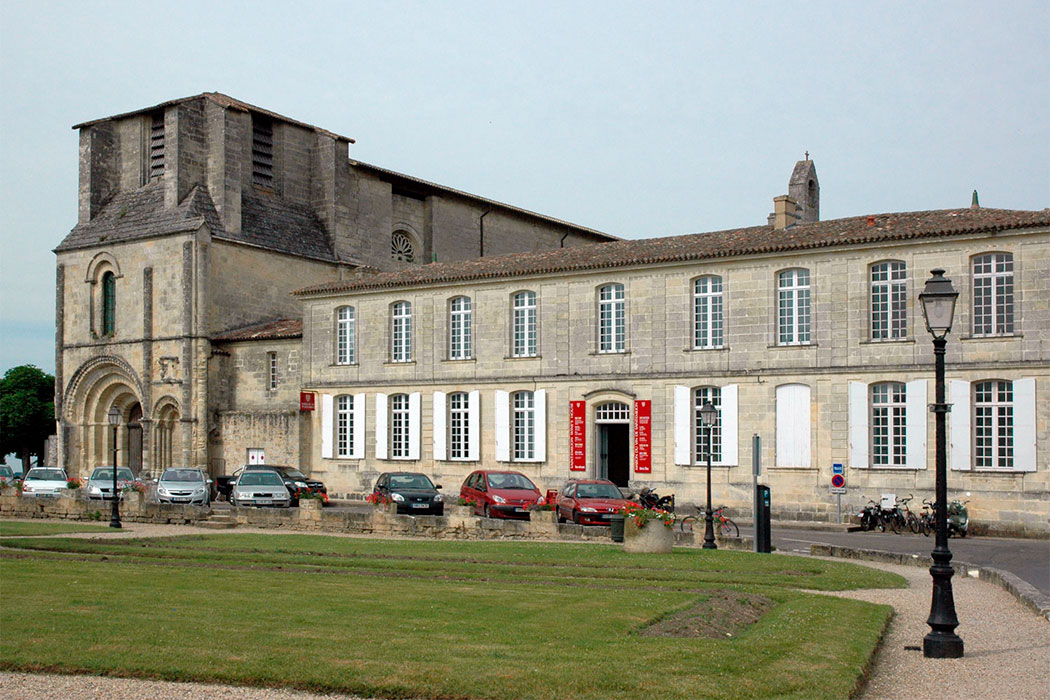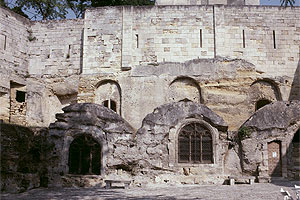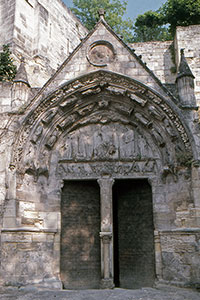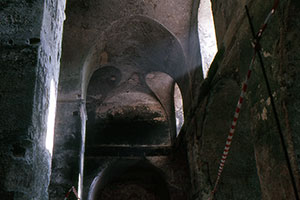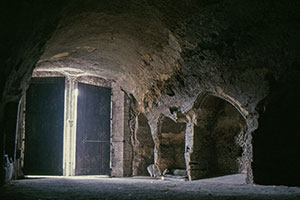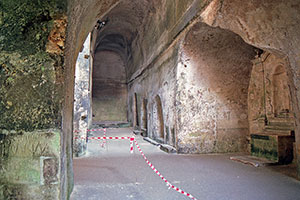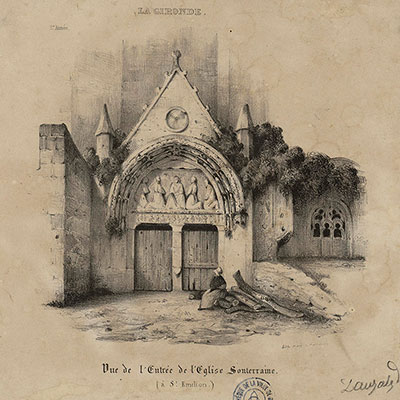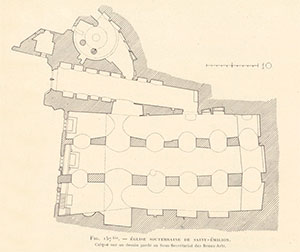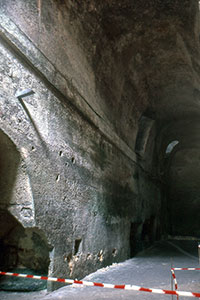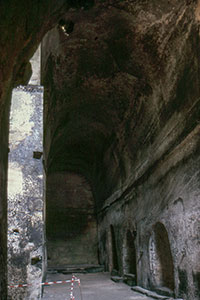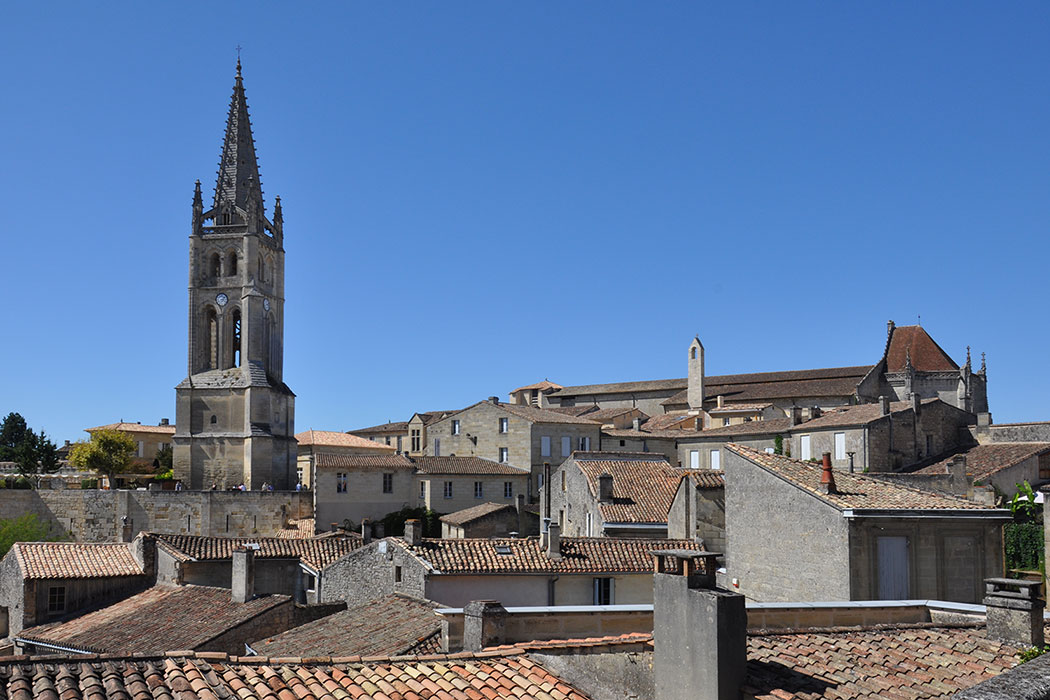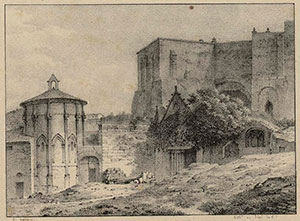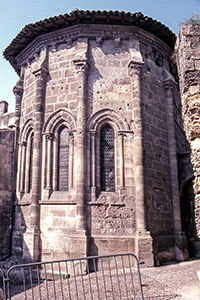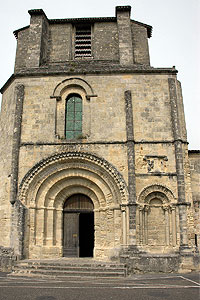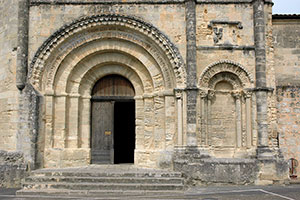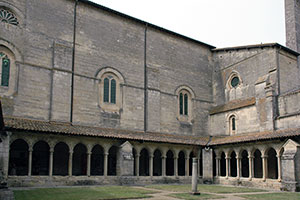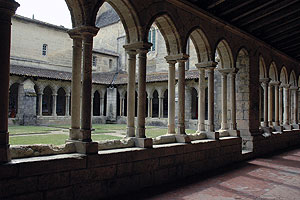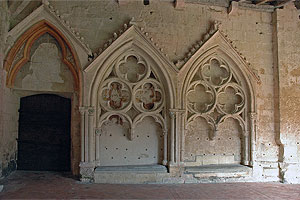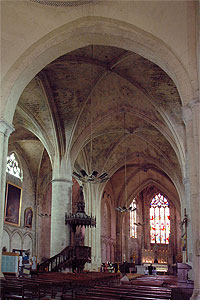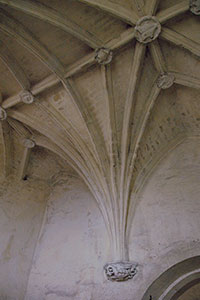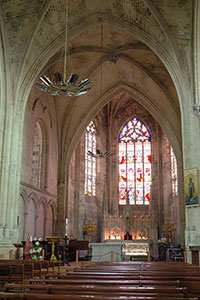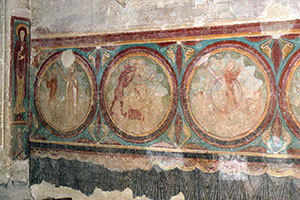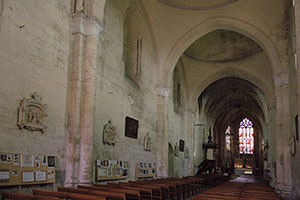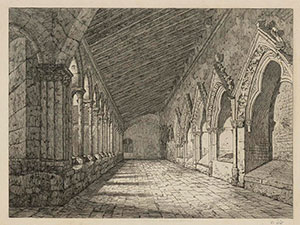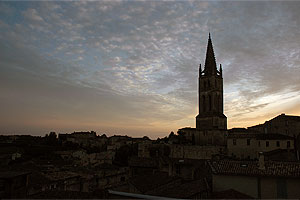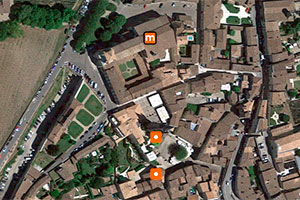Monastery of Saint-Émilion
Monastère de Saint-Émilion / Sent Milion / Sancti Emiliani
(Saint-Émilion, Gironde)
The origin of the collegiate church of Saint-Émilion, as well as the town itself, can be traced back to a hermitage carved into the rock, where Émilion of Saujon (Milion), a saint traditionally believed to be from Brittany (Vannes), withdrew to live as a hermit in the 8th century. After becoming a Benedictine monk at the monastery of Saujon (coenobium Salginense), he settled in this then-uninhabited place, adapting a cave to meet his needs. He passed away there in 767.
Around this site, a monastic community gradually formed, which Mabillon, in his Annales, already regarded as Benedictine. By 1080, the monastery had fallen into decline, possibly due to the Norman invasions that ravaged the region and its control having passed into the hands of secular lords. At that time, the bishop of Bordeaux attempted to reform the community by establishing regular canons, but the situation was not fully restored until 1110, with the arrival of a new community of Augustinian canons from Saint-Pierre de Lesterps (Charente).
During this new period, in the 12th century, a church was built on higher ground in the town, in a more suitable location, where a new monastery was also established. Meanwhile, the rock-hewn church next to the original hermitage continued to serve as a parish church. However, the canonry did not endure over time; in 1308, Pope Clement V secularised it, turning it into a collegiate church.
The presence of the Benedictine monastery, the canonry, and the collegiate church has left various architectural traces in the town. Notable among these is the ancient hermitage of Emiliano, above which the Gothic Chapel of the Trinity (Trinité) was built. There is also the church of Saint-Émilion, carved into the rock and known as the Monolithic Church (église Monolithe), of uncertain date (possibly from the 11th-12th centuries), with a Romanesque bell tower -now heavily modified- rising above it. In the upper part of the town stands the collegiate church, which served as the seat of the regular canons until 1308 and later as a secular collegiate church.
- ALLAIN, Chanoine (1894). Une vie inédite de S. Émilion. Analecta Bollandiana. T. XIII. Brussel·les: Société des Bolladistes
- AUBERT, Marcel (1941). Saint-Émilion. Congrès rchéologique de France. CII session. Bordeaux el Bayonne. París: Picard
- BRUTAILS, Jean-Auguste (1912). Les vieilles églises de la Gironde. Bordeus: Feret et Fils
- DUBOURG-NOVES, Pierre (1969). Guyenne romane. La Pierre-qui-Vire: Zodiaque
- FISQUET, Honoré (1867). La France pontificale (Gallia christiana). Bordeaux. París: E. Repos
- GARDELLES, Jacques (1958). L'église haute de Saint-Émilion et les abbayes augustines d'Aquitaine aux XIIe et XIIIe siècles. Annales du Midi, vol. 70/44
- GUADET, Joseph (1841). Saint-Émilion. Son histoire et ses monuments. París: Imprimerie Royale
- GUÉRIN, Paul (1888). Les Petits Bollandistes. Vies des saints. Vol. 13. París: Bloud et Barral
- MABILLON, Johanne (1704). Annales ordinis S. Benedicti occidentalium monachorum patriarchae. Vol 2. París: Robustel
- SAINT-MAUR, Congregació de (1720). Gallia Christiana in provincias ecclesiasticas distributa. Vol. 2. París: Typographia Regia
- SERBAT, M. L. (1913). Saint-Émilion. Congrès archéologique de France. LXXIX session. París: Picard
